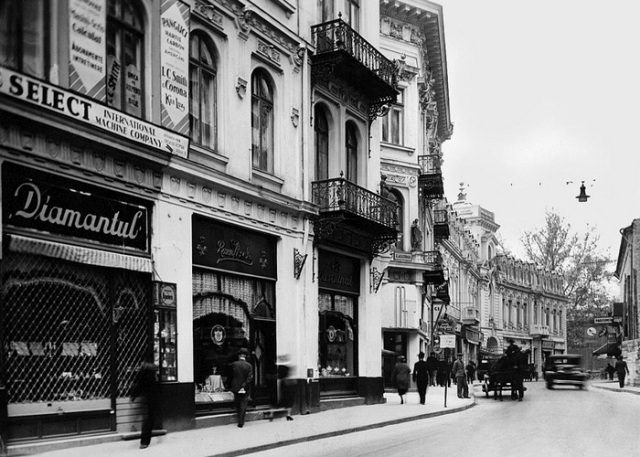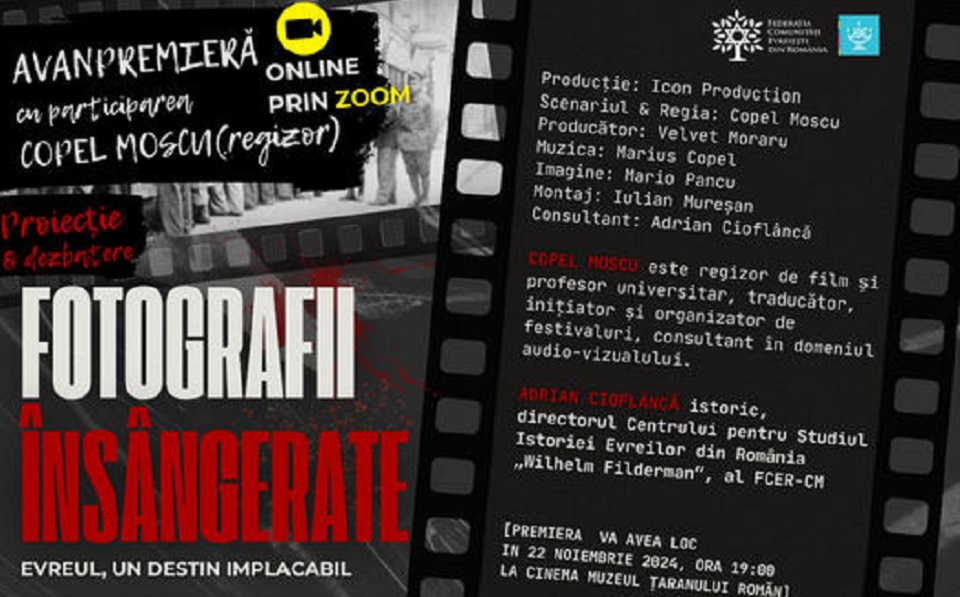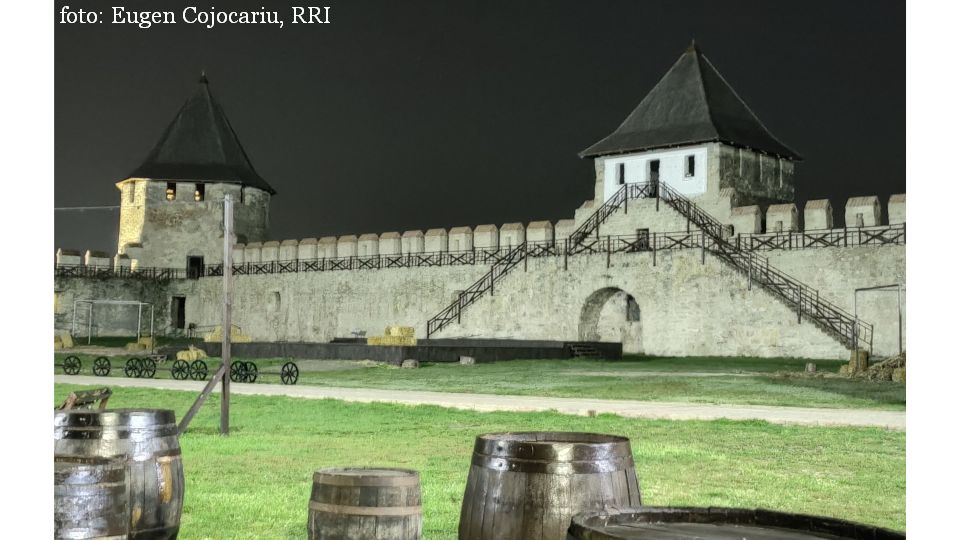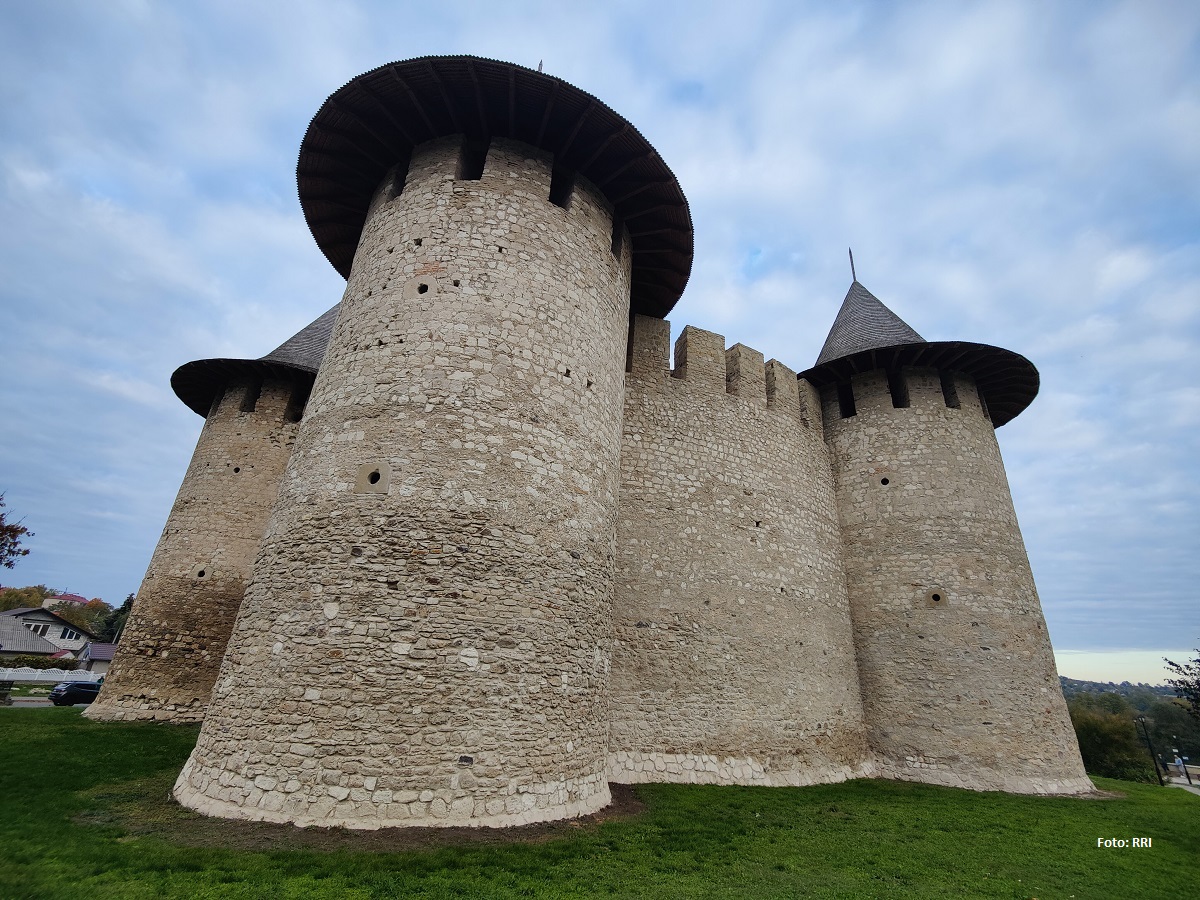Mogosoaia Bridge
Victory Road, Bucharest's central north-south axis, is the only public road in Romania's capital that has endured from the 16th century to this day

Steliu Lambru, 11.12.2022, 14:05
Victory Road, Bucharests central north-south axis, is the only public road in Romanias capital that has endured from the 16th century to this day. When it was built, around 1689, it was called the Mogosoaia Bridge, and along its 350 years it underwent the most profound transformations. It was renamed Victory Road after Romania won its state independence in 1878. It bears all the traces of the stages of history in Bucharest and Romania from the last three plus centuries. Victory Road is mentioned in hundreds of books written by Romanians and foreigners, some of them classics, and the stories told by the writers are already urban legends in the city.
One such classic book is Mogosoaia Bridge. The Story of a Street, by diplomat Gheorghe Crutzescu, printed in many editions due to popularity. Many consider it the most beautiful book about Victory Road. The explanation is the style of the author, who had the skills of a diplomat, not a historian or literary figure. He was born in 1890 into a family of middling noblemen. His grandfather was Col. Lacusteanu, who commanded the first battalion of the Romanian army in 1830, a fervent participant in the revolution of 1848. Gheorghe Crutzescu read law in Paris, got his diploma in 1915, and in 1916 he volunteer for the front lines in WWI. After the war ended, he got a job in the Foreign Ministry, and was appointed legation attache. His last position was in Stockholm in WWII. He did not want to return to Romania after the communist regime was instated in 1947. He died on December 30 in Mougins, in the south of France.
Catalin Strat is the editor of the 2022 edition of the book Mogosoaia Bridge. The Story of a Street, and we asked him about the success of the book he edited.
“Gheorghe Crutzescu was passionate about history. He wasnt studying it at the level of a researcher or a professor in history. I believe he was rather concerned with preserving a part of the oral history of his time, to save the stories he was hearing within his social stratum, which are delicious, and put them in a book. So he put them in this wonderful book, Mogosoaia Bridge. The Story of a Street, which is an extraordinary montage of Bucharest micro-history. It is the story of Victory Road, therefore the history of Bucharest. It is the story of the modernization of a city. It is the story of the becoming of Bucharest society, from its Oriental form to its Western, and very sophisticated, form. It is a story of costumes, of everyday life. We could say that this book is a sort of history of mentalities ahead of its time. It is a story of institutions, and a history of small things, before these things took their rightful place within the study of history.”
We joined Catalin Strat in an imaginary trip on Victory Road, starting, just as the author did, from its origin on the shore of the river Dambovita. We tried to see what emblematic buildings have been left since 1943, the year when Crutzescu published the book:
“He starts off in United Nations Square, and we could picture ourselves as some travelers or visitors in the city holding Crutzescus arm. He was a very elegant, likable, and very jocular gentleman, as the book depicts, and his explanations are delightful. From the old days, left standing are the CEC Palace, and Zlatari Church is left, which he jokingly says it looks like a bunch of building blocks. Also left is the Military Club building, on the old terrain of Sarindar Monastery, then there is Capsa, whose history he tells in a very funny key. The National Theater was not left, unfortunately, but we have a pretty sizable chapter about the beginnings of theater here. Also left are the passages, and the Continental Hotel. The Royal Palace no longer stands in the form described by the author, because many big changes occurred from its initial form as the Golescu House to its present appearance. In December 1926, the Royal Palace burned, so it was rebuilt in its present form under the guidance of architect Nenciulescu. Also standing is the Athenaeum, on the plot of land where the Bishopric Garden was. Also standing is the Athenee Palace Hotel, which changed between the wars. The Beaux-Arts facade was taken down and replaced with a modern facade in a vague Art Deco style. Also left are all the churches, such as the White Church, and houses of rich noblemen, such as Cesianu and Gradisteanu mansions. New buildings have sprung up in the meantime, and some have vanished.”
Mogosoaia Bridge. The Story of a Street is the story of the center of Bucharest, now told once again for the millennial generation, a story going back 350 years ago.






























